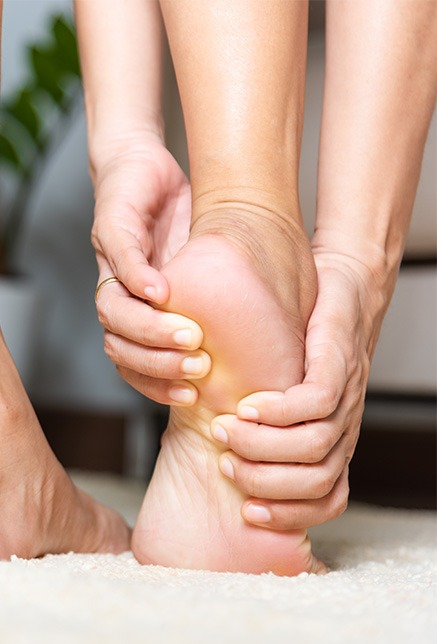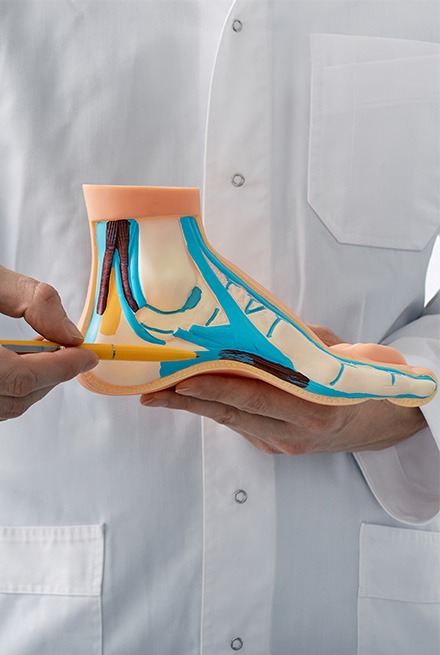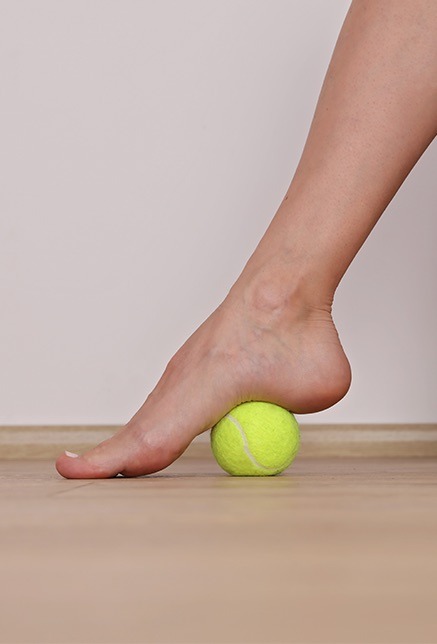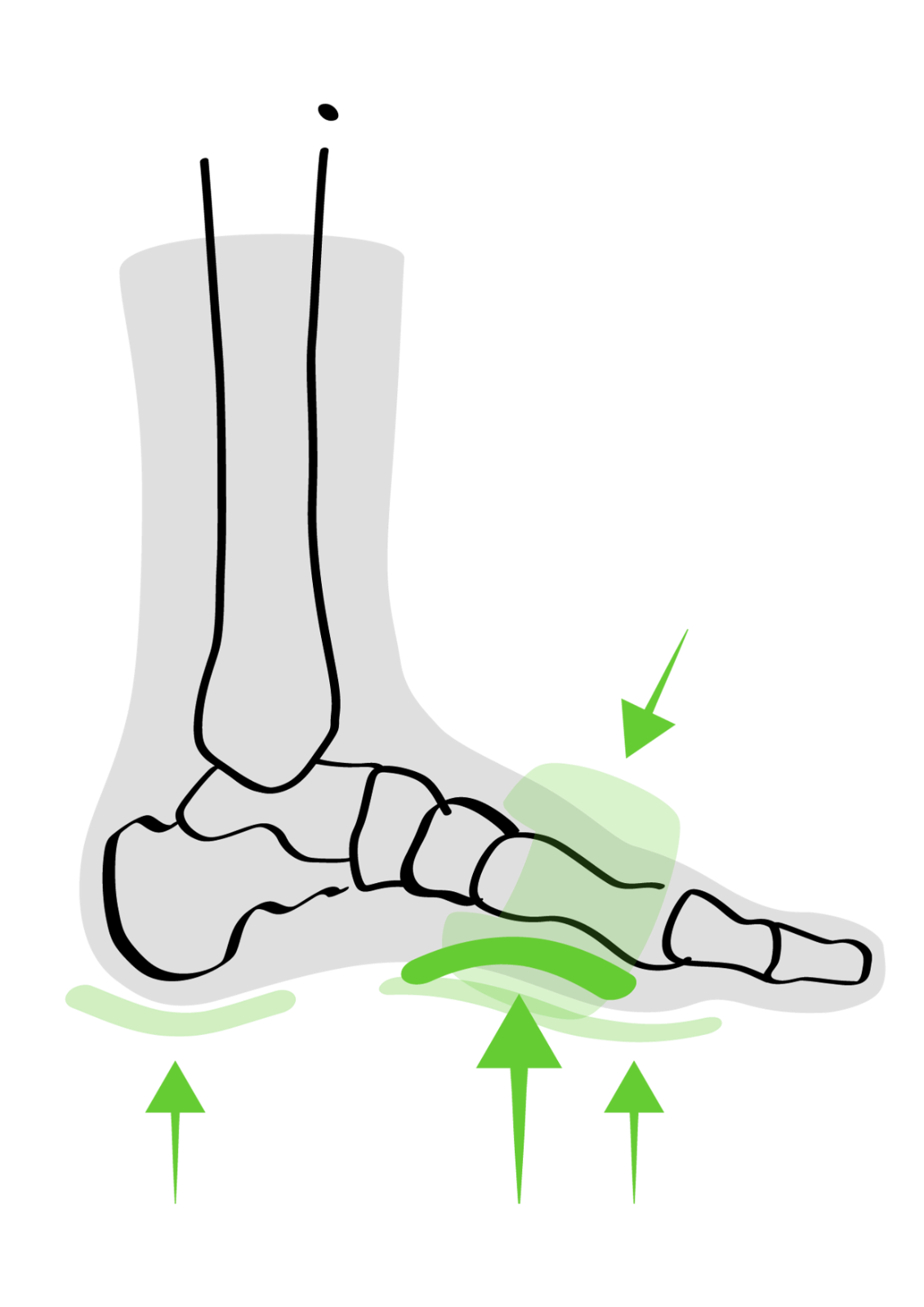Experiencing heel pain? Unsure why you have it? You may be suffering from Plantar Fasciitis.
Plantar Fasciitis is one of the most common causes of heel pain and almost everyone can fall victim to the condition - the dancer, the mother, the nurse, the athlete, the teacher and the gym goer. All these and more will likely find themselves suffering from Plantar Fasciitis and some may not even know they have it.
To ensure you have the right knowledge and information to deal with Plantar Fasciitis, we’re going to take a look at the causes, effects and treatment.












